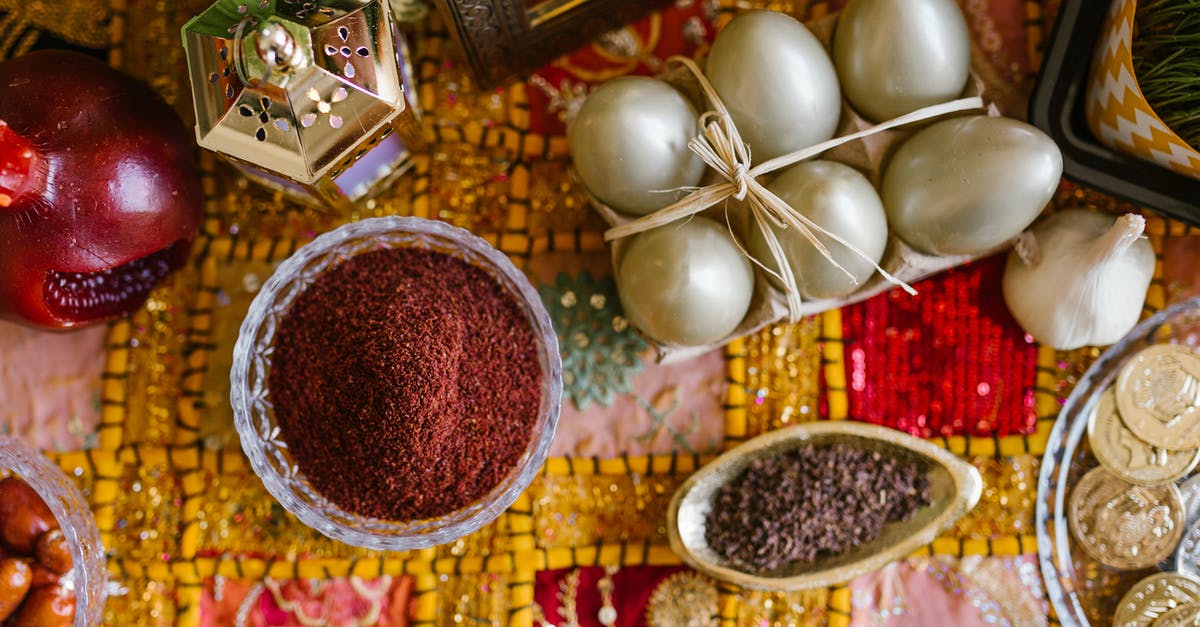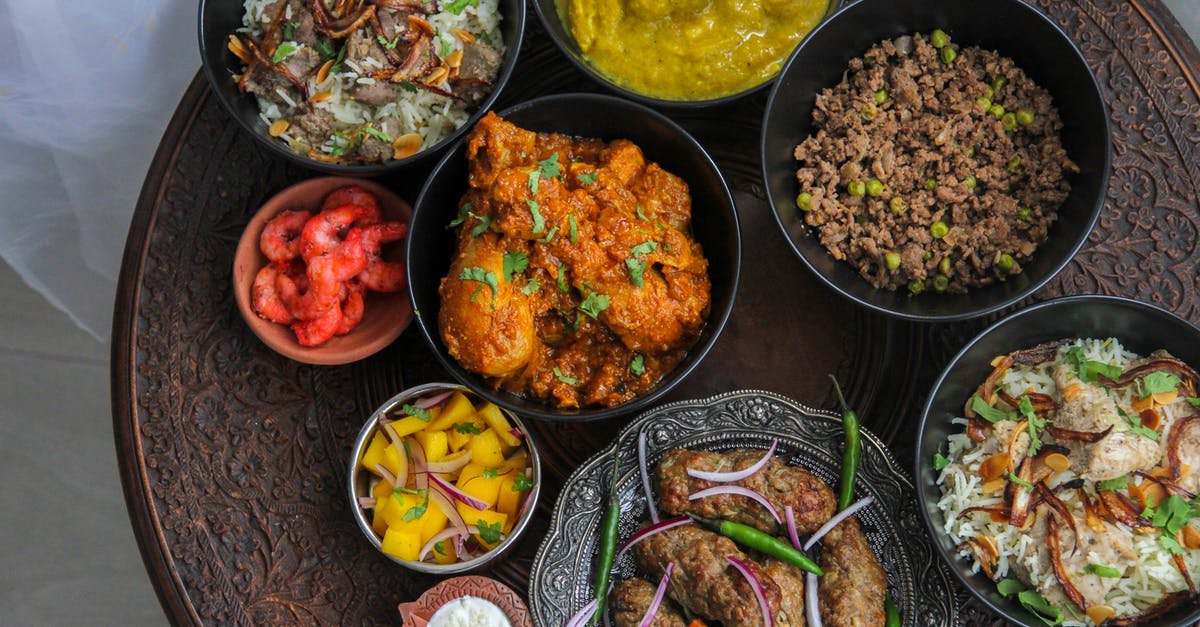Thai Curry seems more watery over the last year?

I've made Thai Penang Curry probably ONE THOUSAND TIMES. Not quite weekly for 25 years. No joke.
Over the last year or so, I've noticed it's surprisingly watery, however I haven't changed my method or my brands of ingredients so what could it be? Has the world standard for coconut milk simply changed, I wonder? (Something similar happened in the US when wheat varieties were changed practically nationwide over a few years; I hear they planned the switchover to be gradual so as not to surprise people.)
I've always used Mae Ploy Panang Curry Paste, usually in envelopes but sometimes in the big plastic tub when I had a bigger refrigerator.
I've always used Chaokoh or Aroy-D coconut milk. Sometimes I've used western brands and never noticed a difference up or down. One time by mistake I used LITE coconut milk and it sucked big-time. The difference I'm seeing now isn't that difference. (Aside: in Hong Kong, they don't allow the product term "lite" and when an importer brings in products labelled for other countries, which is quite common, they paint over the "lite" part of the label. That's good as it doesn't fool people into thinking it's low-calorie, but it's bad that the taste is utterly different.
My method varies a little bit but doesn't affect the results. I always use chicken breast, same day I bought it if possible, sliced and fried in vegetable oil or sometimes the cream from the can. It doesn't seem to matter which. I used to always add a thin-sliced garlic and 5 or so Thai chilis and fry until fragrant before adding chicken, but now that I have kids I don't bother. I've NEVER fried the paste as is often recommended; I just pour in a can of coconut milk and put in the envelope of roux and squash the lumps out for a few minutes. Oh: also julienne 10 lime leaves as finely as possible after removing their spine. Also I boil a dozen pea eggplants 10 min in water separately, then add them to the curry.
OK so for the last 12-18 months, it just seems more watery than I remember. Either my memory is somehow slipping, and it's always been like this, or something has changed (such as the world standard for how much fat coconut milk has). I've actually taken to sprinkling just a tiny bit of flour as a thickener and boiling briefly. Any ideas?
UPDATE: I've now tried Merito brand "Certified Organic" Coconut Milk in Japan. Ingredients include only processed coconut and guar gum (the thickener missing from Chaokoh brand coconut milk, at least now in Japan, not sure about the past or in other countries). I added a whole small can of coconut cream (I forget brand and size) but no joy. Still seemed watery. And I've verified there's no water in the pan from the chicken that would be watering it down. I'll try a different brand of cream next time and report volume and brand.
Best Answer
Looks like demand is exceeding supply. An excess of old trees, and diseases are hitting production, and likely quality, as well.
Pictures about "Thai Curry seems more watery over the last year?"



Why is my Thai curry so watery?
A curry is traditionally a thick sauce, but there are several reasons a curry might become watery. Excess moisture from frozen ingredients: It's acceptable to use frozen ingredients when you're making any type of curry recipe, but adding them to the dish still frozen means they will defrost during the cooking process.What do I do if my curry is too watery?
Thicken With Flour For every cup of liquid in your curry, prepare 2 teaspoons of flour added with enough water to make a slurry. Pour the mixture in, stirring constantly.How do you keep Thai curry from separating?
How do I prevent coconut milk from separating in Thai curry?Why is my coconut milk watery?
It's a combination of the water and the different healthy fats in the coconut meat such as fast-burning MCT oil (medium chain triglycerides) and saturated fat. When it's prepared via blending, the fat component \u2013 often called coconut cream \u2013 gets suspended in the watery component, and it appears to combine.Uncle Roger FORCED To Review THE WORST THAI RED CURRY
More answers regarding thai Curry seems more watery over the last year?
Answer 2
OK, the problem's the chicken. I usually cook the chicken, then pour in the coconut milk and roux and beat the lumps out in a time-consuming fashion.
Last night I moved the chicken to a bowl, so that I mix the roux and milk more smoothly, and was surprised to see that two big breasts had left over a quarter-cup of water/liquid in the pan. I disposed of that. By the time I had slowly mixed the milk in, smoothing out roux lumps, and getting a smooth sauce, there was another nearly 1/4 cup of liquid in the bowl.
After smoothing the curry, I added the chicken sans juice, jullienned lime leaf, and the dozen or so roach berries I throw in just for variety although I don't love them.
And the results were back to usual!
I was using a different brand of coconut milk from my usual but it looked the same as always so I don't think it was a factor.
Meanwhile I don't know what's up about this particular butcher counter's chicken that is so much more watery than other chicken breast I've bought in five different countries, and many many other outlets in Japan, in the past. My current grocery for chicken breast is unique in that it's a butcher counter selling domestic meat. Most other places I've bought have been pre-packaged meat (at least in styrofoam trays) or non-Japanese meat. I've wondered whether they're somehow injecting the meat with more water to make it heavier but I don't think so. We've often noted that this counter's meat gives some of the best results we've had over the years, outside of this one dish.
EDIT: it was stupid to throw away the juice as it had some flavor and nutrition in it. Now, I pour that juice into the pan with the coconut milk and roux, and simply boil at medium heat until it is properly thickened. I go back to the chicken which will have leaked a bit more water by then, and put that in the curry too. Then I finally add the chicken (which I've only 90% cooked anyway, to avoid overcooking) and give it another 30-60 seconds to reheat and finish cooking.
Answer 3
You're not alone, I've noticed coconut milk being watery too, it used to have a decent layer of cream on top and now there is practically none. When I make thai curries, I use coconut cream and coconut milk (half and half) to get a nice creamy taste.
Sources: Stack Exchange - This article follows the attribution requirements of Stack Exchange and is licensed under CC BY-SA 3.0.
Images: RODNAE Productions, Pure Punjabi, Mikhail Nilov, Mareefe
